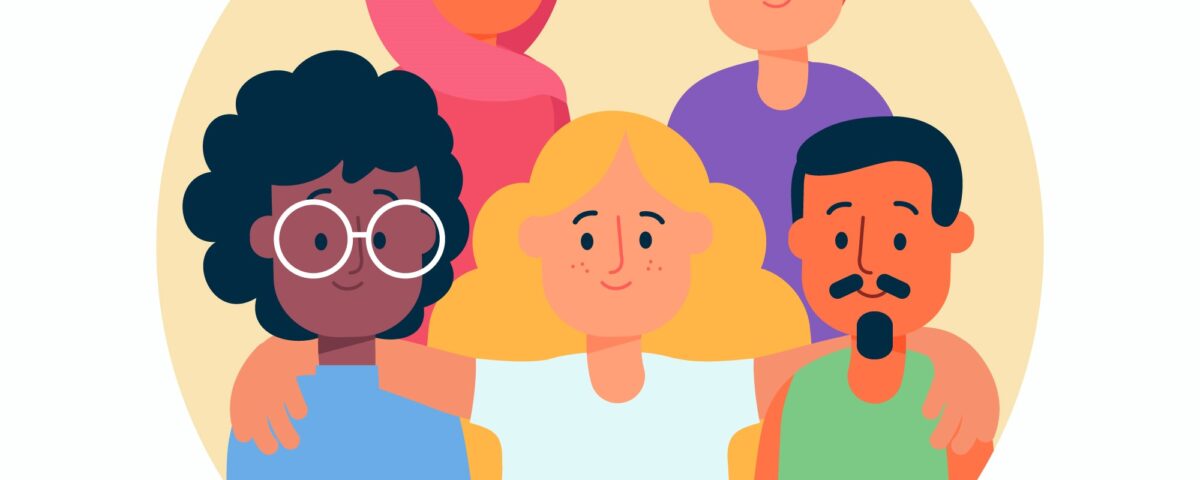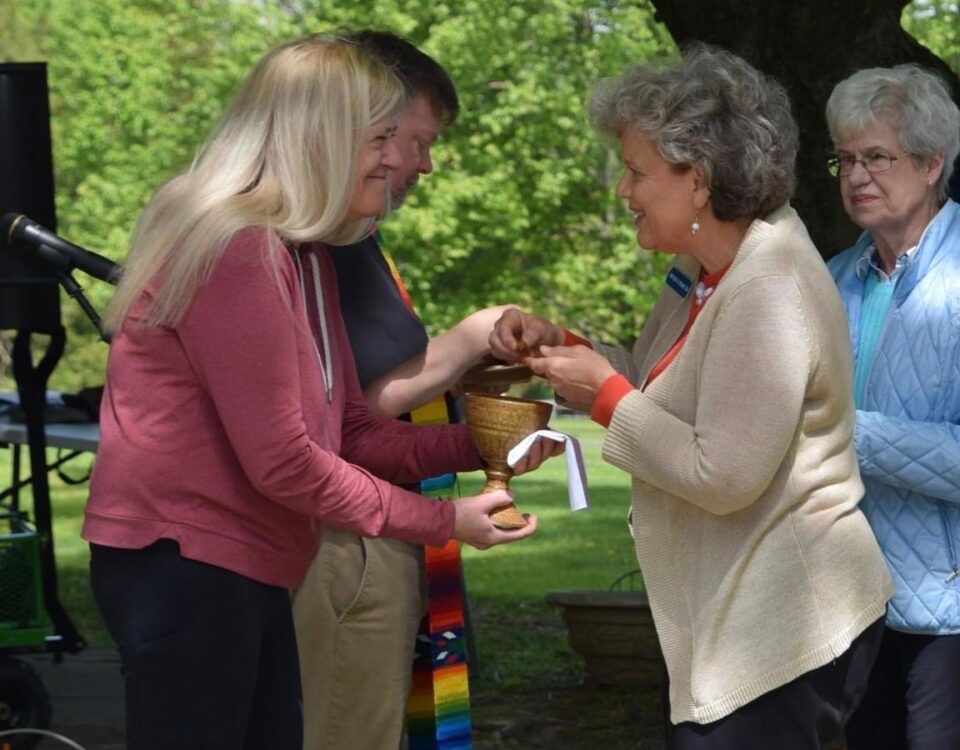Diversity and Inclusion

Information and Resources
March 22, 2022
Connect and Serve
February 1, 2024Diversity and Inclusion

Diversity and Inclusion
As members of the body of Christ, St. Francis-in-the-Fields Episcopal Church commits itself to justice, equity and inclusion for all people. We acknowledge that throughout its history and across its denominational branches, the churches that name Christ as savior have tolerated, shared in, and fostered the sins of racism, bigotry, sexism, homophobia, and other expressions of exclusion and intolerance toward our fellow human beings. These attitudes, conscious and unconscious, have resulted in prejudice, disenfranchisement, oppression, and violence toward our sisters and brothers whom we are called by Christ to love.
As the people of St. Francis, and as Christian believers in our time and place, we confess that we are part of this systemic and societal immorality that is contrary to the teachings of Jesus Christ and we acknowledge the need for repentance, both for ourselves and the entire Christian Church. We acknowledge the system of racism inherent in the continuing history of our country and we commit to educate ourselves to recognize it and to speak and act to dismantle it.
We stand in full solidarity with all members of our community, inside or outside of the Church, who have been marginalized. We seek to hear, understand, and learn from the stories of those who have been demeaned, repressed, and exploited. We commit to exposing the unfaithfulness and passiveness in ourselves that propagates exclusion and provides solace to unjust society. We resolve to live more fully into the vows of our Baptismal Covenant to strive for justice and peace among all people and respect the dignity of every human being.
- Approved by the Vestry of St. Francis-in-the-Fields, July 8, 2020
(Image attribution: Image by pikisuperstar on Freepik)




